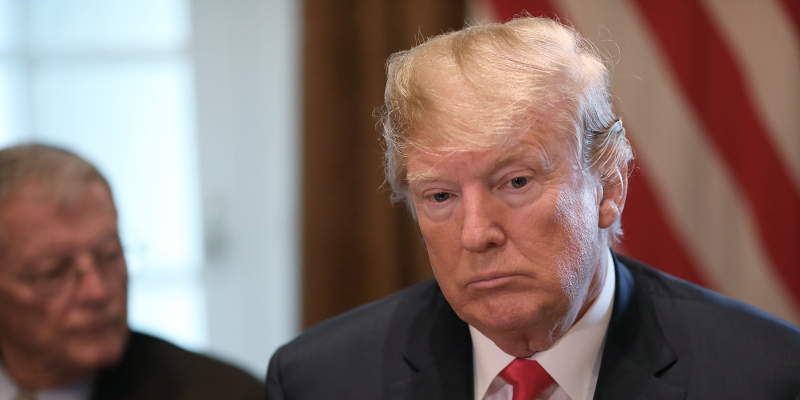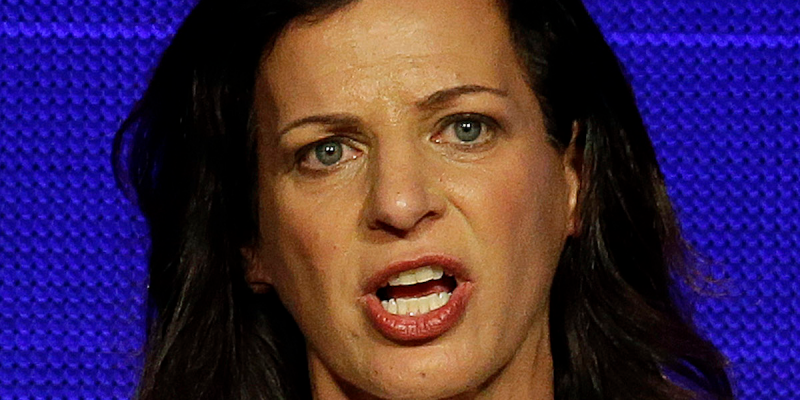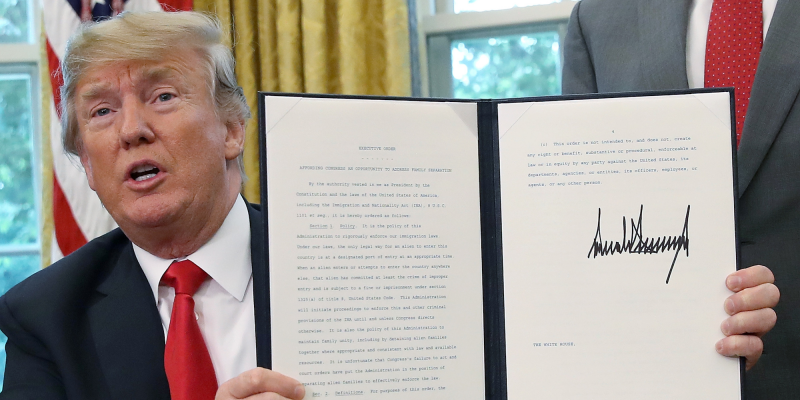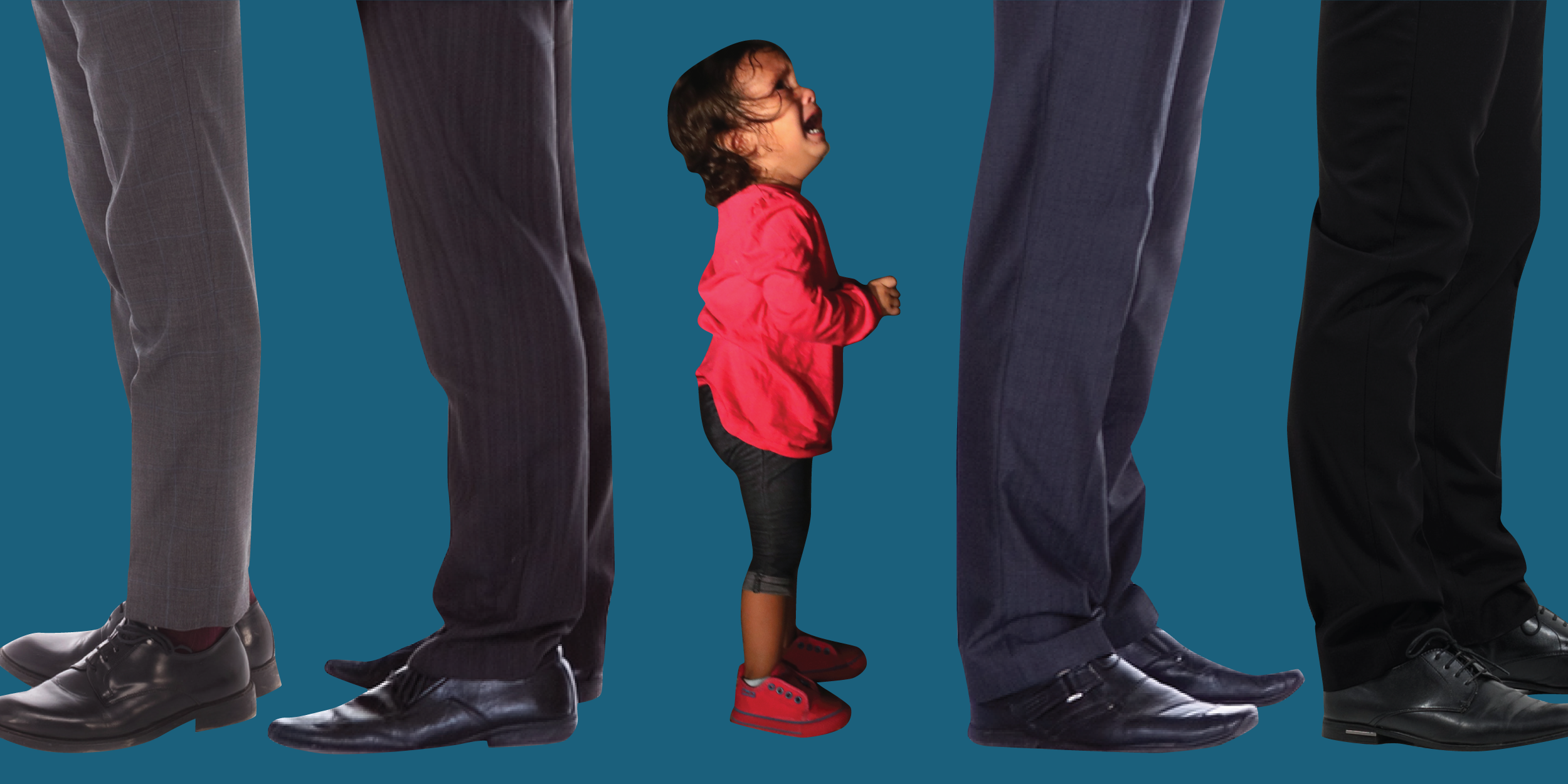- President Donald Trump signed an executive order on Wednesday intending to end family separations at the US border.
- The order requires newly detained families to be held together, but it does not address the thousands of children already taken from their parents under Trump’s “zero tolerance” policy toward illegal immigration.
- Trump scored a political reprieve with the order but did not immediately appear to move toward reuniting the separated families. It isn’t clear how well equipped the Trump administration is to manage such a process.
While the executive order that President Donald Trump signed Wednesday ordered newly detained migrant families to be held together, it did not address the families who have already been separated under the administration’s “zero tolerance” immigration policy.
There is no evidence that the Trump administration has moved to reunite those children with their parents or even that it has any plans to do so.
Under the zero-tolerance policy, all unauthorized adult migrants detained at the border are held and referred to criminal prosecution under the Justice Department.
While the executive order intends to allow children to be detained with their parents indefinitely, thousands of children detained over the past few weeks were separated from their parents and transferred to shelters under the care of the Health and Human Services Department.
Government departments have made vague gestures toward planning a solution but have not made any concrete, verifiable steps.
Disjointed process
The Justice and HHS departments operate separately and are not geared up to communicate with each other, which is "causing the very difficult process of reuniting these families," said Efrén Olivares, a director at the legal advocacy nonprofit Texas Civil Rights Project.
He told the BBC's "Today" program on Thursday: "I do not have a single confirmation with 100% certainty that they have been reunited. I know of one case where a girl was released to a relative in the US, but as far as reunification with their parents, I don't have confirmation."
At least 2,000 children were forcibly removed from their parents from April 19 to May 31. The government has not said how many were separated from June 1 to the time Trump signed the order.

'This is an administration that did not think through reunification at all'
The executive order, intended to stop newly detained migrant families from being separated, does not mention reuniting families that have already been separated.
Juliette Kayyem, who served as assistant secretary for intergovernmental affairs at the DHS during the Obama administration, told "Today":
"This is the tragedy upon tragedy upon tragedy at this stage ... The executive order does not address it and in the hours since the executive order, it is absolutely clear that the Trump administration made no plans for reunification: When this all started, information was not in the database, fingerprints weren't taken - all the stuff that you would do if you were worried about reunification.
"It's not even clear if it's a priority for the administration at this stage. There's a lot of statements in the last couple hours here in the United States - it's not even clear who's in charge of reunification. This is an administration that did not think through reunification at all."

Vague official statements on reunification
Brian Marriott, the HHS' senior director of communications, said on Wednesday that "reunification is always the goal" and that the agency "is working toward that" for the families separated under Trump's zero-tolerance policy, The New York Times reported.
The Times noted, however, that Marriott's statement left open the possibility that children could be connected with other family members or "appropriate sponsors" in the US rather than the parents they were taken from.
According to the US Customs and Border Protection website, Immigration and Customs Enforcement is "dedicating a facility as its primary family reunification and removal center" and "will work with detained parents to provide regular communication with their children through video teleconferencing, phone, and tablets."
The statements do not say whether these plans are in place.
Blanca Orantes-Lopez, a woman from El Salvador, was separated from her 8-year-old son at the border and is now detained at a federal center in Washington state while her son is 2,200 miles away at a children's shelter in upstate New York.
Orantes has had no opportunity to contact her son, and her sister, who lives in Maryland, has been denied permission to take care of the child.

The executive order doesn't end the crisis
Kayyem, the Obama-era DHS official, argued that Trump should simply end the zero-tolerance policy altogether. She said:
"The solution has to be to change a policy that the president won't change. The policy announced by Attorney General Jeff Sessions, which was 100% prosecutions at the border - that's a ridiculous thing to say.
"Any border is going to have different levels of people coming through, different levels of crimes related to those people coming through. There are going to be child traffickers and drug dealers and murderers - those are the kind of people you want to prosecute immediately ...
"What every administration, Republican or Democrat, has done in the past is prioritize the prosecutions. You want to keep bad people out, [so] the people who deserve legal protection, like asylum seekers, actually have a path forward. It's not perfect, but it's certainly better than this alternative."
The Trump administration could run into challenges even carrying out the executive order, which contradicts a decree known as the Flores settlement that prohibits children from being detained for longer than 20 days.
Business Insider has contacted the Departments of Homeland Security, Justice, and Health and Human Services, and the Immigration and Customs Enforcement, to seek more information but has not heard back.

